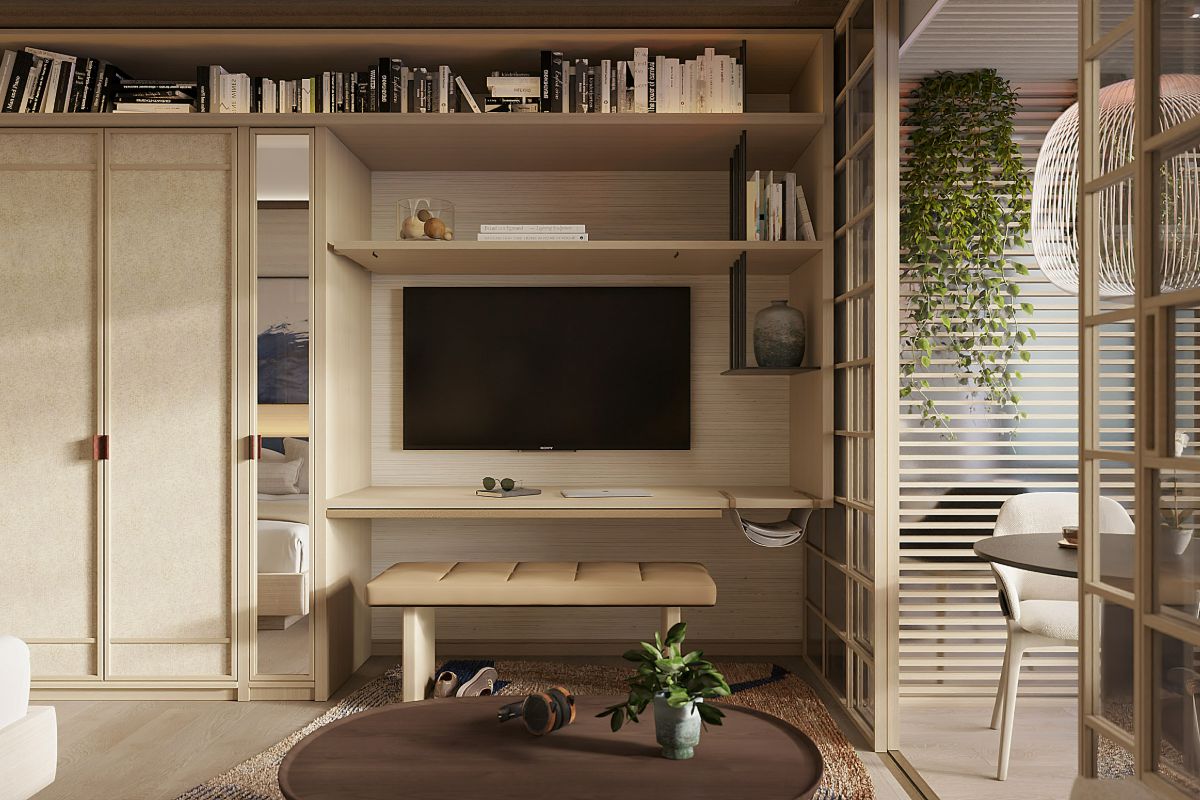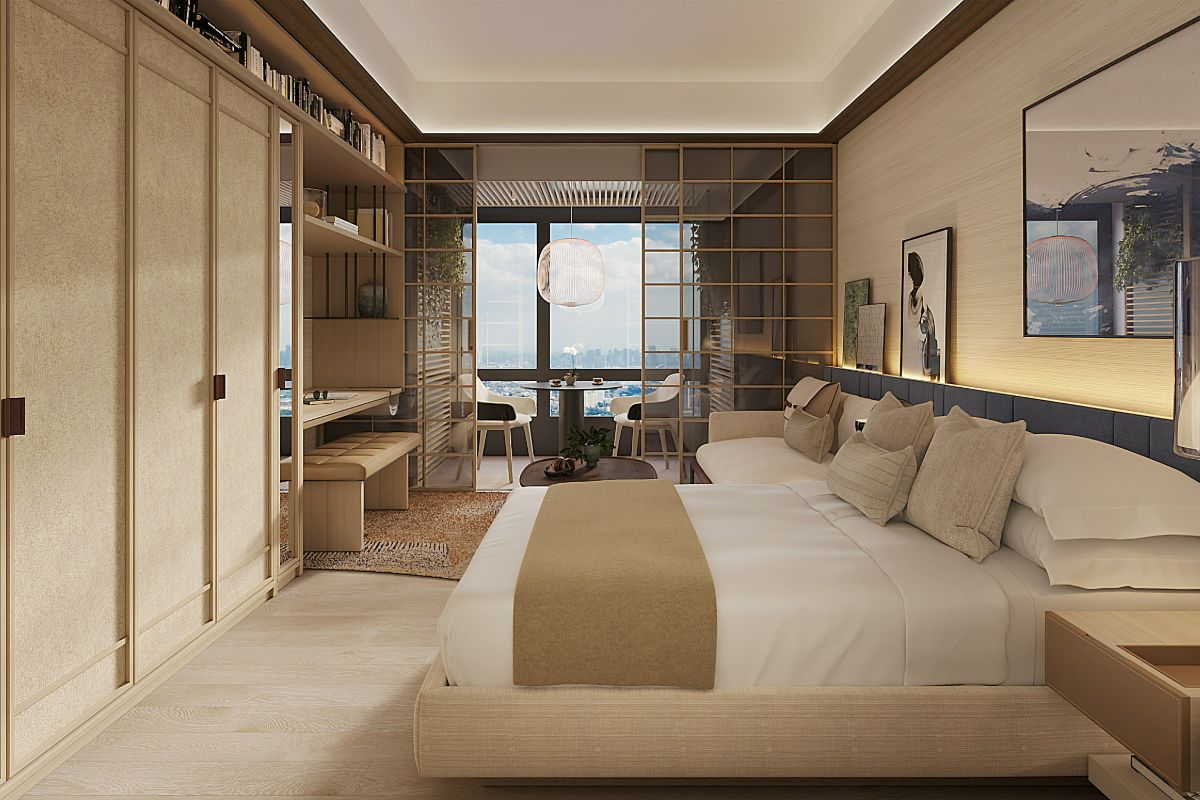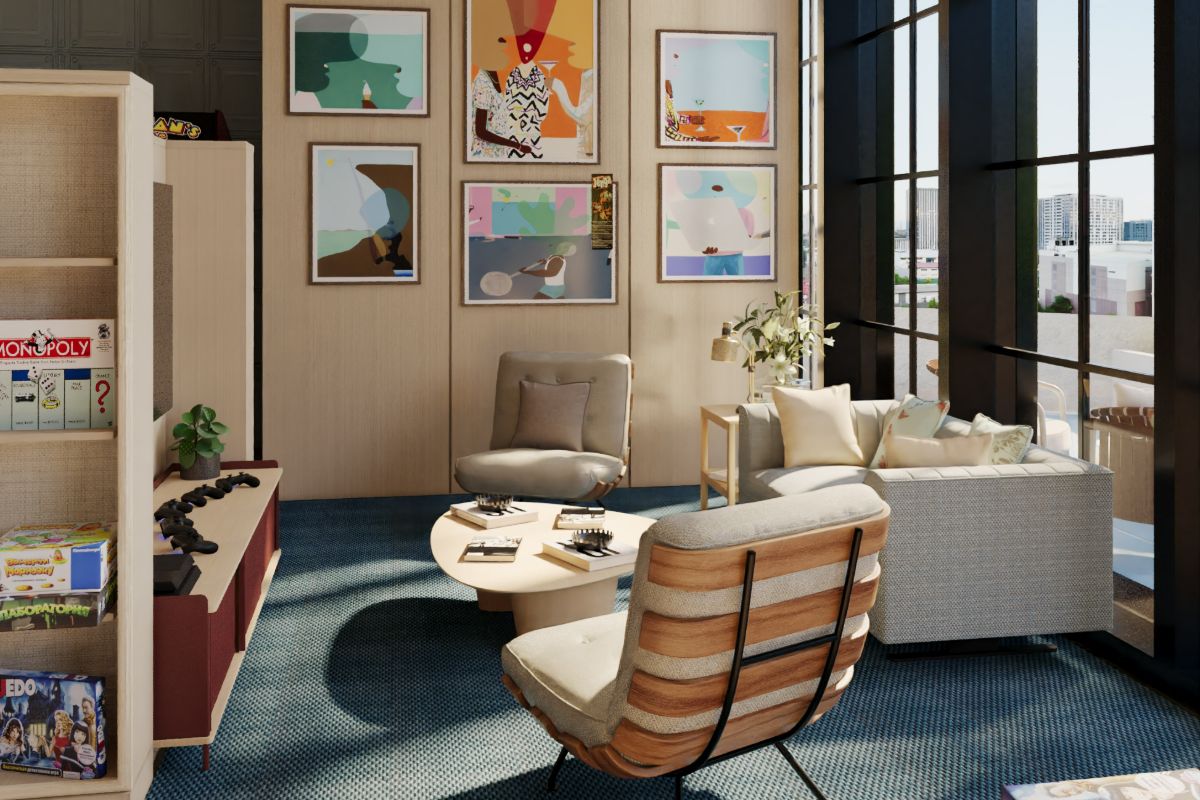How to design your home safe for children?
- Install safety gates and childproof locks
- Anchor furniture and secure TVs
- Use soft and rounded furniture
- Cover electrical outlets and hide cords
- Create safe play areas
Overview
- Designing a home safe for children means thoughtfully integrating safety features without compromising your home’s elegance and warmth.
- Small changes, such as using rounded furniture, covering outlets, and setting up defined play areas, can significantly enhance your child’s freedom while reducing daily hazards.
- With the right balance of style and function, your space can evolve beautifully with your family, offering safety, comfort, and timeless design at every stage.
There’s something truly special about watching your home evolve as your family grows. As joyful milestones unfold, your space should offer more than beauty; it should also embrace safety and comfort.
In this article, we’ll explore some best ways you can design a home safe for children, making sure that every corner supports both your child’s freedom and your peace of mind.
Whether you’re preparing for a newborn or simply want a more child-friendly space, these practical tips will help you build a home that’s as secure as it is sophisticated.
Install Safety Gates and Childproof Locks
Once your child begins to crawl or walk, every corner of your home becomes a new world to explore. Safety gates and childproof locks are simple yet powerful ways to guide that curiosity safely.
You can easily do this by placing gates at the top and bottom of stairs or across high-risk areas like kitchens and balconies. It’s a small change that creates a big difference in day-to-day safety.
Childproof locks are another thoughtful addition, especially for cabinets and drawers that store items like cleaning products, medicines, or sharp utensils. These locks are easy for adults to manage, yet secure enough to keep little hands out of harm’s way.
Anchor Furniture and Secure TVs

It’s easy to overlook the stability of furniture until you have a toddler who loves to climb. Tall bookshelves, dressers, and even televisions can tip over if not anchored properly. By securing these pieces to the wall, you add an invisible layer of protection to your living spaces.
Anti-tip straps and wall brackets are simple to install and can be hidden behind furniture, keeping your room looking clean and polished. For televisions, wall mounting is safer and frees up surface space and gives your setup a more refined look.
These quiet details matter. These thoughtful touches show a home is truly lived in and lovingly prepared.
Use Soft and Rounded Furniture
Choosing rounded or upholstered pieces is a subtle yet stylish way to make your home safer. Soft ottomans, curved sofas, and round dining tables, for instance, offer comfort without compromising on elegance.
If replacing furniture isn’t an option just yet, consider using corner guards or edge bumpers. These protective add-ons now come in neutral tones and sleek designs that won’t take away from your home’s aesthetic. They’re easy to apply and remove, giving you flexibility as your family’s needs change.
Cover Electrical Outlets and Hide Cords

Kids are naturally curious, and unfortunately, electrical outlets are right at their level. Installing outlet covers is a quick and effective way to keep them safe from electrical hazards. Look for tamper-resistant models that are secure yet convenient for adults to access.
Loose cords from appliances, lamps, and chargers also need attention. Cord organizers, sleeves, or decorative boxes can help keep wires neatly tucked away. This reduces the risk of tripping or tugging and keeps your home looking clean and intentional.
Create Safe Play Areas
Every child needs a space to play, and creating a designated play zone can help contain the chaos while encouraging independence. Whether it’s a corner of the living room or a dedicated nursery, use soft rugs, foam mats, or carpeted floors to cushion falls and support safe movement.
You can also try incorporating low shelves or baskets for toys and books so your child can reach what they need without help. This supports early learning and self-sufficiency and keeps clutter under control.
Key Takeaway
Designing a home safe for children involves creating a space that grows with your family while maintaining comfort, elegance, and intention.
From securing furniture to crafting thoughtful play zones, every detail contributes to a home that nurtures both safety and serenity. When your space is designed with care, your children can explore freely, and you can enjoy peace of mind.
At Shang Summit, we believe in residences that balance beauty and function at every stage of life. If you’re ready to create a space that reflects your values and safeguards what matters most, connect with us today. Let’s build a home where your family can truly thrive.




